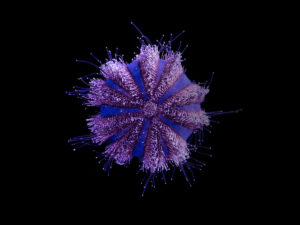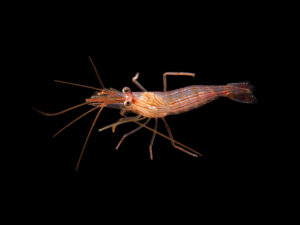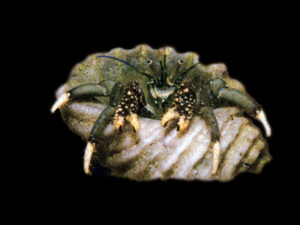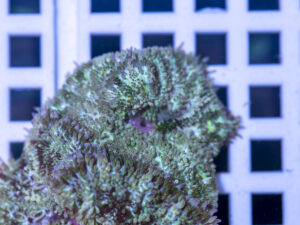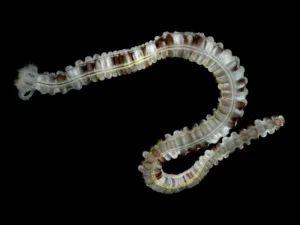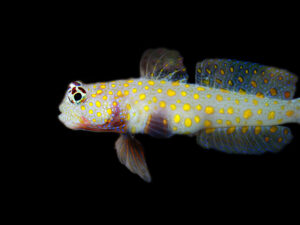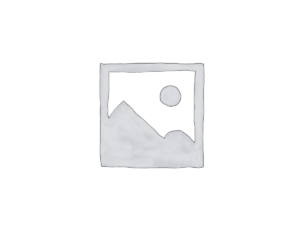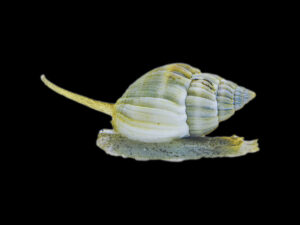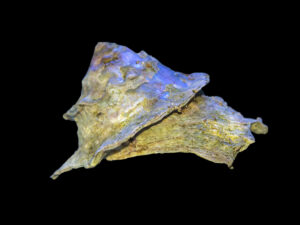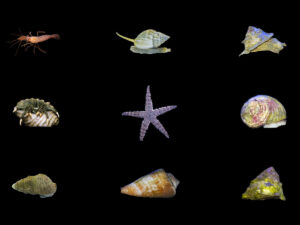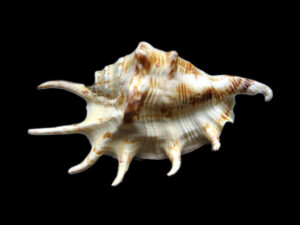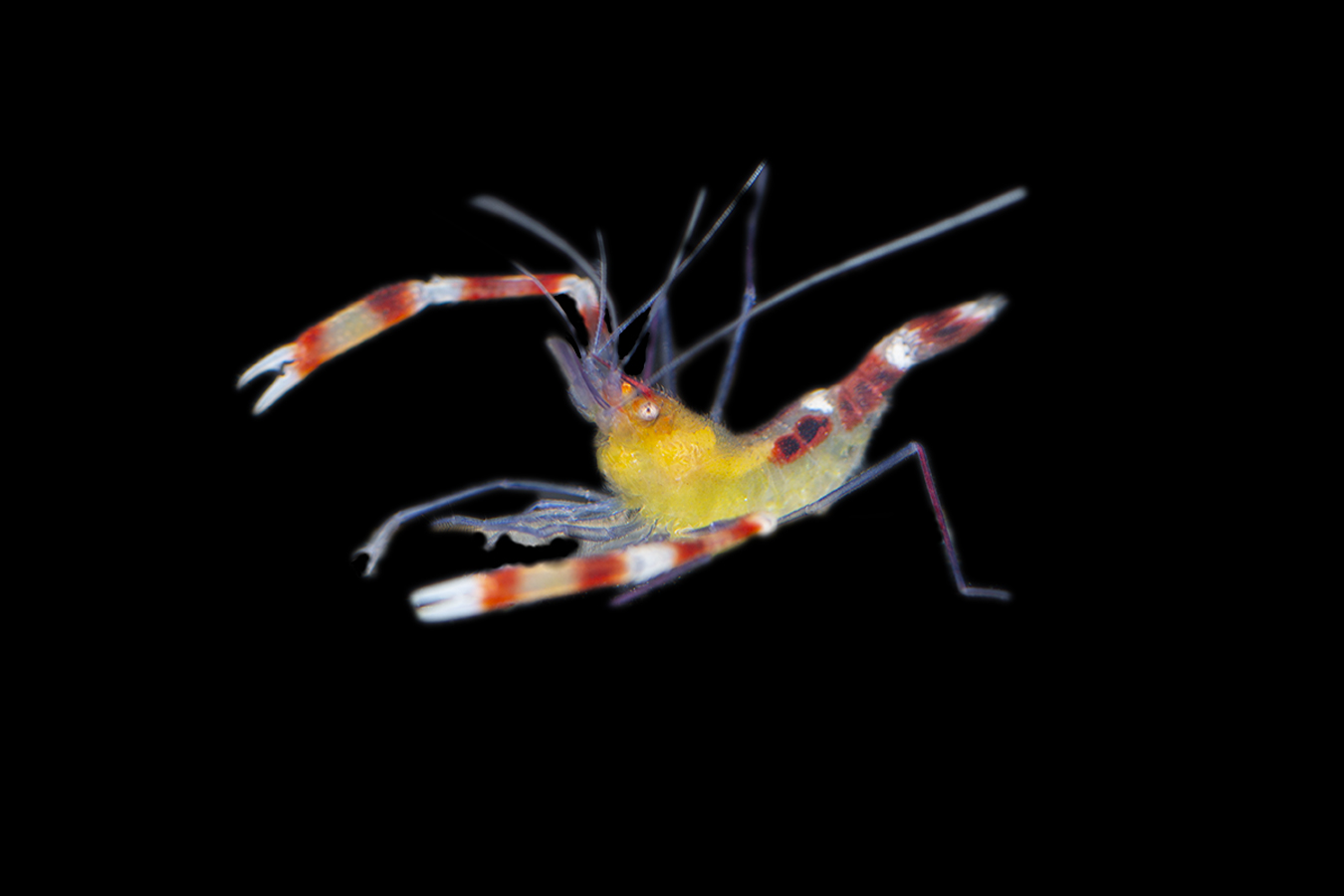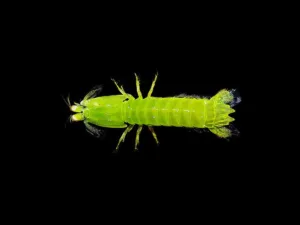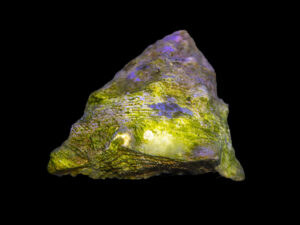Related products
-
Hot
Tuxedo Urchin
$45.00Select options This product has multiple variants. The options may be chosen on the product page -
33%
Peppermint Shrimp
$15.00 – $100.00Select options This product has multiple variants. The options may be chosen on the product page -
25%
Yellow Foot Hermit Crab
$4.00 – $30.00Select options This product has multiple variants. The options may be chosen on the product page -
-
-
Guttata Shrimp Goby
$450.00Select options This product has multiple variants. The options may be chosen on the product page -
Green Serpent Starfish
$55.00Select options This product has multiple variants. The options may be chosen on the product page -
31%
Nassarius Snail
$6.50 – $45.00Select options This product has multiple variants. The options may be chosen on the product page -
25%
Astraea Snail
$10.00 – $75.00Select options This product has multiple variants. The options may be chosen on the product page -
21%
Clean Up Crew Packages
$37.50 – $550.00Select options This product has multiple variants. The options may be chosen on the product page -
Spider Strombus Snail
$25.00Select options This product has multiple variants. The options may be chosen on the product page
Blue Legged Coral Banded Shrimp
Please Note: Due to variations within species, your item may not look identical to the image provided. Approximate size range may also vary between individual specimen.
Deep dive >
Quick Stats
- Dietry Requirements
- Compatible With
- Maximum Invert Size (cm)
- Minimum Tank Size (L)
- Same Species Aggression
- Other Species Aggression
- Care Requirements
The Gold Banded Coral Shrimp has a yellow body and a red and white banded abdomen.
Sufficient room should be provided in the tank to allow the Gold Banded Coral Shrimp to move without its long antennae touching neighboring corals or anemones. The Gold Banded Coral Shrimp must be kept singly, or as a true mated pair, being intolerant of others of the same species. It may also harass other smaller shrimp of different species. It is relatively hardy, but must be acclimated slowly using the drip acclimation method to avoid any salinity and/or pH shock. It is intolerant of high nitrates or copper levels, but iodine levels in the water must be correct to promote proper molting.
In the wild, the Gold Banded Coral Shrimp feeds on parasites, dead tissue removed from fish, and other tiny organisms. In the home aquarium, it will accept most flaked and frozen foods, plankton, and meaty items. Banded Coral Shrimp are also effective bristleworm hunters in the reef aquarium, helping to keep the population of these pests under control.
Related products
-
Mantis Shrimp – Assorted
$75.00Select options This product has multiple variants. The options may be chosen on the product page -
25%
Trochus Snail
$10.00 – $75.00Select options This product has multiple variants. The options may be chosen on the product page -
33%
Peppermint Shrimp
$15.00 – $100.00Select options This product has multiple variants. The options may be chosen on the product page
